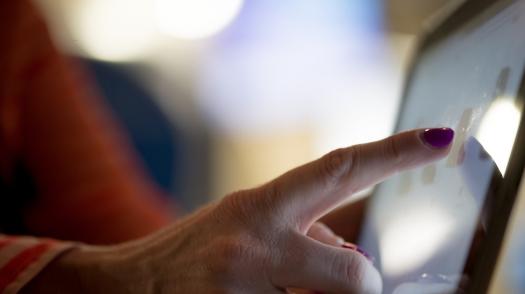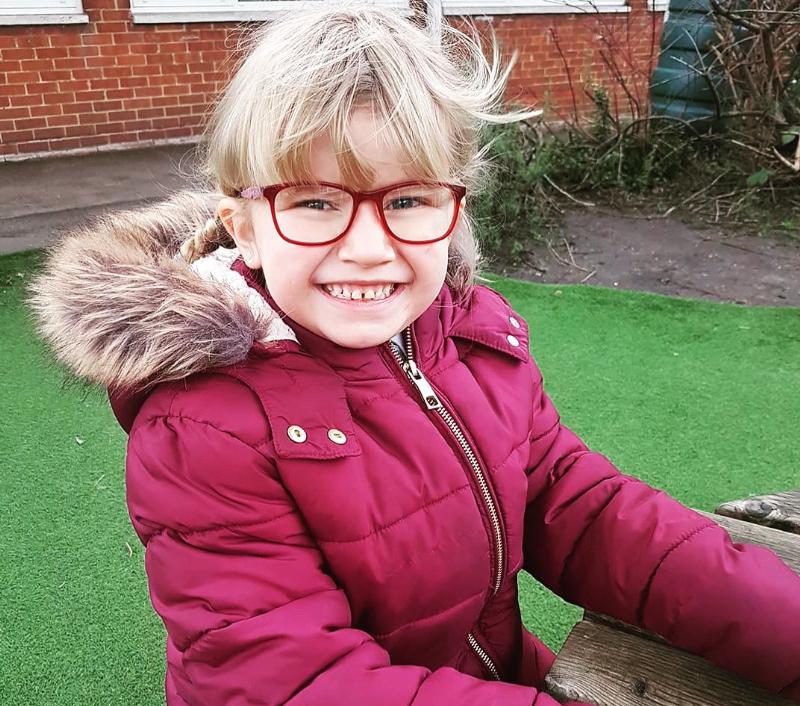This section looks at some ideas for relaxation that you can talk through with your child. Relaxation may help with a child’s anxiety levels.1
Relaxation is important for everyone. Parents of a child with any form of illness may have a great deal to contend with, and the techniques below may be useful for any member of the family.
All of the material here is available by kind permission of Dr Trevor Powell.2
Why is relaxation helpful?
When we are stressed, the muscles in our bodies tense up and this muscular tension causes uncomfortable bodily feelings, such as headache, backache, tight chest and so on. These aches and pains of tension can cause mental worry, making us even more anxious and tense.
People who are tense often feel tired. Relaxing slows down the systems in the body that speed up when we get anxious. If we can learn to turn on the bodily symptoms of relaxation we can turn off the symptoms of tension.
They are two sides of the same coin: you can’t experience feelings of relaxation and tension at the same time.
Relaxation is a skill
The ability to relax is not always something which comes naturally, it is a skill that has to be learnt. The following exercises are designed to help you learn to relax.
The first exercise is quite long. It may help if you make a short recording of the steps to help you carry out the routine. When you are able to relax using the first exercise, you can begin to shorten the routine.
This should be done gradually until you are able to relax at will, as you need to.
General guidelines
Try to decide in advance when you are going to practise. In this way you can better develop a routine which you can stick to. Make time for yourself.
Make sure you choose somewhere quiet to exercise, and make sure that no-one will disturb you during your practice.
Don’t attempt your exercise if you are hungry or have just eaten. Or if the room is too hot or too chilly. Try to adopt a ‘passive’ attitude, that is, do not worry about your performance or whether you are successfully relaxing.
Just ‘have a go’ and let it happen. Try to breathe through your nose, using your stomach muscles.
Try to breathe slowly and regularly. It is important that you do not take a lot of quick, deep breaths as this can make you feel dizzy or faint and even make your tension worse.
When you place your hands on your stomach, you will feel the movement if you are breathing properly. Try this out before you exercise, to make sure that you are used to the feeling.
Progressive muscle relaxation exercise
Sit or lie down in a comfortable position.
Relax yourself to the best of your ability. Consider the various muscle groups one at a time, and aim to learn the difference between tight and relaxed muscles.
Try constantly to concentrate on the feeling in the muscle as it goes from tight to loose.
Hand and arms
Clench your fists, and tense your arms. Feel tightness in your hands and arms, then slowly relax them.
See how far that will go, but do not push. Do not hold on at all; let everything go.
Shoulders
Hunch your shoulders, then gradually let them settle down. Proceed as above.
Forehead
Pull your eyebrows together, then gradually let your forehead smooth out.
Eyes
Screw your eyes up tight, then gradually let them smooth out, leaving your eyes closed, feeling your eyeballs sink and your eyelids droop.
Let them get really heavy.
Jaw
Bite your back teeth together, then gradually ease off, and let your jaw get heavy.
Back of neck
Pull your chin forward on to your chest, feel tightness, then relax.
Front of neck
Pull your head back, feel tightness, then relax.
Breath
Slow and steady, letting yourself go each time you breathe out.
Tummy
Pull in your tummy tight, then gradually let it go, feeling it relax.
Thighs
Push your heels down heard against the floor, feeling the tightness in your thighs, then gradually let that go.
Calves
Point your toes, then gradually let that tightness go. Let everything go, further and further.
Think about a really relaxing scene, for example, lying in the grass by a river, under a warm sun and a blue sky, or sitting by a fire in a big, comfortable chair.
Feel yourself getting heavier and heavier.
Cued relaxation
Once you can tell the difference between tension and relaxation, you should be able to notice more quickly when your body is getting tense.
When this happens, this should be your cue to try any of the following techniques of cued relaxation.
Relax the particular area of your body that feels tense.
- Tighten the muscles, then relax. Think about that muscle relaxing.
- Change your posture to a relaxed one when you notice yourself getting tense.
- Drop your shoulders down in a sideways widening direction.
- Repeat a sound or word which you find relaxing.
- For example, the word ‘calm’, or say to yourself “I am going to relax my body. It is feeling heavier and more relaxed”.
- Gaze at a fixed object in the room, such as a picture or ornament which you particularly like.
- Think of an image that you find particularly calming and soothing and imagine yourself there.
- For example, lying on a deserted beach or floating on a feather mattress through the clouds.
- Breathe through your nose and become aware of your breathing. As you breathe out, focus on your mental image (see above).
- Breathe easily, slowly and naturally.


